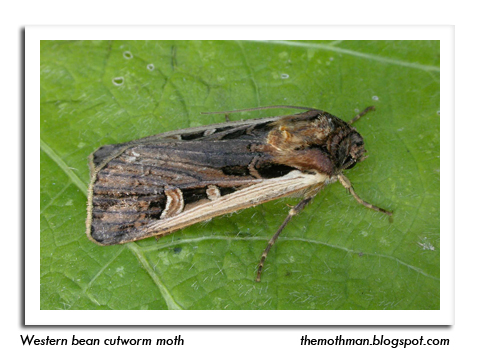
 |
|
|
Looking Ahead
Volume 64 Number 10 Date 07/04/2019 WESTERN BEAN CUTWORM - The annual flight has started in southern and central Wisconsin, though only two moths were captured in 57 survey traps in the past week. The specimens were collected near Bangor in La Crosse County and Sparta in Monroe County. Twenty-five percent emergence of the adult population is anticipated by July 15-22 throughout the southern portion of the state and during the following week in the central counties. Corn in the pretassel stage is most attractive for oviposition, and any fields approaching this stage next week should be closely inspected for egg masses and small larvae. SPOTTED WING DROSOPHILA - Emergence is increasing and populations are expected to escalate abruptly by mid-July. Flies have been appearing in DATCP survey traps since June 17. SWD poses that greatest threat to June-bearing strawberries at this time of year, and thorough, frequent harvesting is imperative for SWD control, especially for pick-your-own strawberry operations. Berry growers are advised to increase monitoring efforts and make preparations for SWD management. EUROPEAN CORN BORER - Larvae are in the early development stages and will begin entering the corn leaf midribs and unemerged tassels in the week ahead. The treatment window for first-generation corn borers has opened throughout the southern two-thirds of the state, in all areas south of Highway 10. Close inspection of susceptible corn and Bt refuge areas is advised during the next two weeks to determine the percentage of whorls infested with small larvae. Conventional or organic treatments directed against the early-instar stages must be applied before boring into stalks and midribs begins around 1,100 degree days (modified base 50°F). Larvae are susceptible to chemical control for only 7-10 days after egg hatch. ROSE CHAFER - Minor damage to grapes, raspberries, strawberries, fruit trees, roses and ornamentals is common. Chafer feeding is expected to continue for another 2-3 weeks and should subside in most areas by late July. Insecticide treatment of grape vines and landscape plants is usually not necessary. TRUE ARMWORM - Larvae are common at low levels in corn, and consultants are reporting localized problems in eastern Wisconsin. Continued scouting of corn and small grains is strongly recommended. -- Krista Hamilton, DATCP Entomologist 





|
|
|